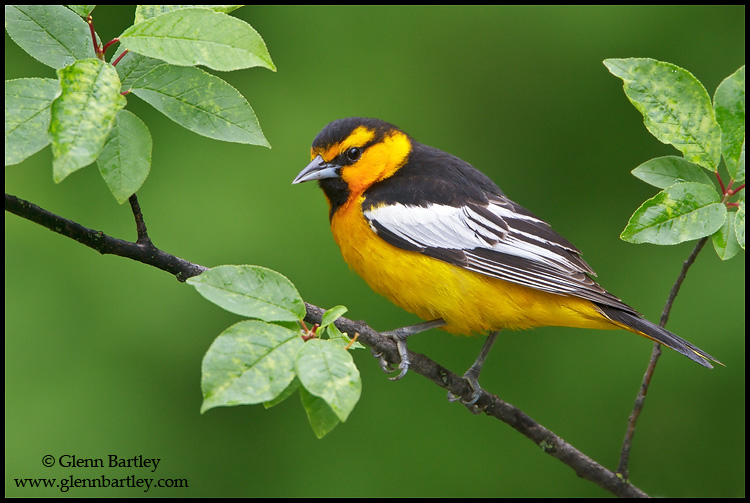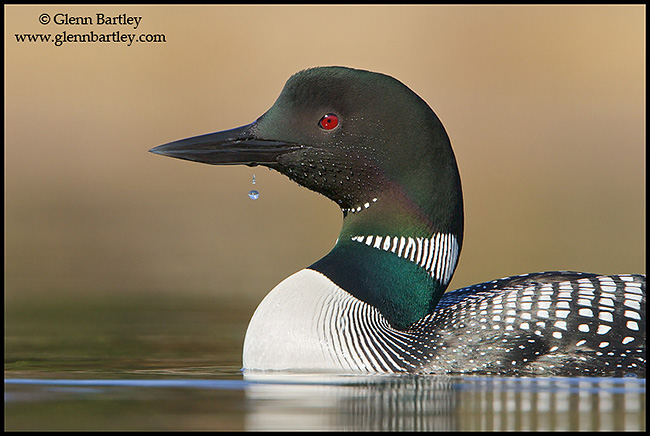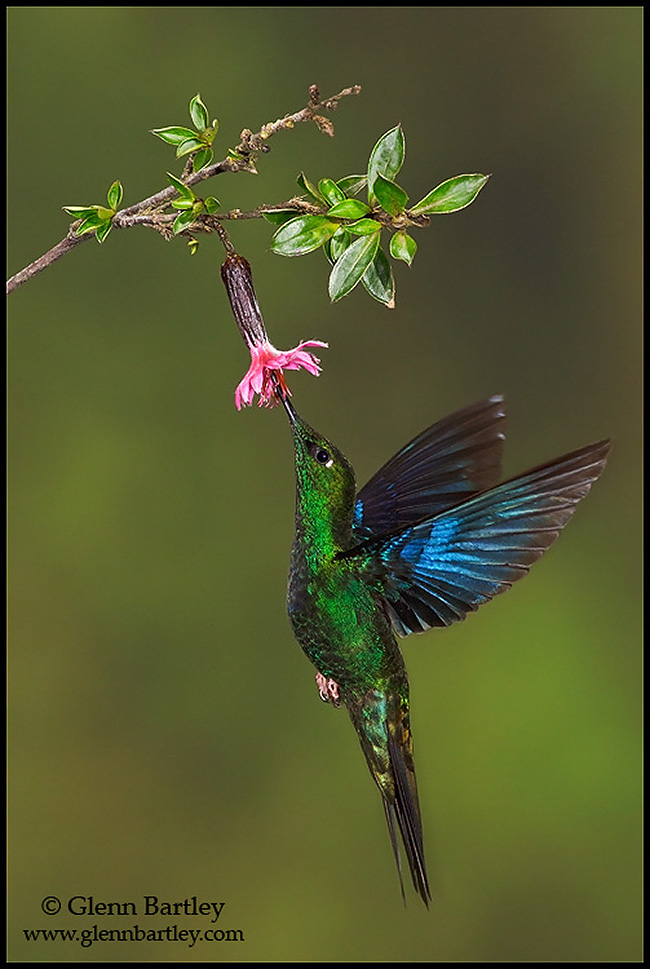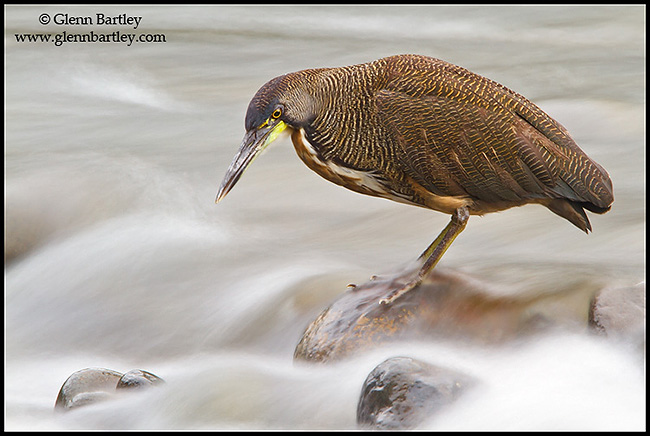THE 7 ELEMENTS OF A GREAT BIRD PHOTOGRAPH
Bird Photography Basics.
In order to create beautiful images of birds on a consistent basis it is important to understand the many elements that combine to make a good photo. These include the exposure, composition, light, sharpness, perch, pose and background. These components are not absolute rules that must be followed in every image. As a matter of fact, some of the best images are those that break some of the rules or that are “outside of the box”. Nevertheless, understanding these 7 elements as a starting point will inevitably lead to better bird images.
1. Exposure
Successful bird images must be properly exposed so that they do not look too light or too dark. Creating a correct exposure essentially boils down to controlling the amount of light that reaches the film or digital sensor. Cameras control this through the inter-workings of three factors: the duration that the shutter is open (shutter speed), the size of the opening in the lens (aperture) and the sensitivity of the film (ISO speed). The best way to ensure proper exposure is to learn to read your cameras histogram and make adjustments through exposure compensation (adding or subtracting light from the way the camera meters a scene).
2. Composition:
In addition to being exposed properly, an image must also be well composed. This generally refers to the balance of how the elements within the frame are arranged (bird, perch and background elements). Infinite possibilities exist. However, starting out with standard compositional guidelines such as the rule of thirds and ensuring that there is more room in front of the bird than behind it are good starting points.
3. Light
Photography is all about light. Understanding that light has quality, direction, intensity and how to harness these factors is an absolute must for any bird photographer. Great bird photographs can be taken in direct sunlight, shade, under cloudy skies and with the use of flash. Learning about light and how to work with, instead of against it, is a crucial element of bird photography.
4. Sharpness
Most bird photographers are, with good reason, obsessed with how sharp their images are. This is because bird images that are sharp (especially around the birds eye) are much more intimate, professional and natural looking. Although there are situations in which a photo can be beautiful and artistic looking without being in focus – most successful images require the subject to be sharp. The sharpness of an image is dependent upon the photographer using good equipment, proper technique and support, an adequate shutter speed to freeze any movement and, most of all, accurate focus on the subject itself.
5. The Perch
Imagine an image of your favourite species of bird that is properly exposed, well lit, and sharp as a tack. Now imagine that this image shows the bird perched on a chain link fence or a hydro wire. Chances are that no matter how good an image is it will not be successful unless the bird is perched on a natural looking and appropriately sized perch. The perch should be considered as an important part of the image – perhaps even as important as the subject itself. It should give clues in to the type of habitat where the bird lives and add interest to the overall image.
6. The Background
What many bird photographers often overlook is the backdrop upon which they capture their images. Otherwise superb photographs can be ruined by busy backgrounds or distracting elements in the frame. By striving to create distance between the subject and the background bird photographers can produce images with backgrounds that are pleasantly out of focus and that highlight the bird rather than distract from it. A second goal is to create images that show off the bird’s typical habitat.
7. The Pose
Even if all of the other elements are in place a successful bird photograph can not be created if the bird is looking away from the camera. Eye contact draws the viewer in to the image and is a must. Any number of poses can be pleasing. Some species like nuthatches even have “characteristic” poses that they often present. In general, the most desirable poses are those that have good eye contact and where the bird is turning its head slightly towards the camera.
There is no one recipe that can be followed when it comes to creating beautiful images of birds. In fact, the most sensational images are often those that surprise us or that show us something we have never seen before. Nevertheless, these seven elements can be used as a guide to help us create consistently stunning images of birds in their natural environment.
/Glenn Bartley










Cool!
Cool!
Cool!
Great stuff, Glenn. Thanks for sharing your expertise. Your photos in Birding are FANTASTIC. We are so proud to use them!
That said, I’d like to disagree with your #5. I am always looking for photos of birds on chain-link fences and other such habitats. Whether or not we like it, all bird species have been massively affected by human agency, and I think it is critical that photographers accurately depict human agency in their photographs. To me, the best bird photographs are the ones with a bit of plastic or metal in the background, or an old shopping cart, or a utility pole, or the side of a warehouse off in the distance. You get the picture…
Again, great stuff. Really enjoyed this, Glenn.
P.s. In a similar vein, I am often on the lookout for photos of molting birds, immatures, females, birds with bands, birds in the hand, etc.
Great stuff, Glenn. Thanks for sharing your expertise. Your photos in Birding are FANTASTIC. We are so proud to use them!
That said, I’d like to disagree with your #5. I am always looking for photos of birds on chain-link fences and other such habitats. Whether or not we like it, all bird species have been massively affected by human agency, and I think it is critical that photographers accurately depict human agency in their photographs. To me, the best bird photographs are the ones with a bit of plastic or metal in the background, or an old shopping cart, or a utility pole, or the side of a warehouse off in the distance. You get the picture…
Again, great stuff. Really enjoyed this, Glenn.
P.s. In a similar vein, I am often on the lookout for photos of molting birds, immatures, females, birds with bands, birds in the hand, etc.